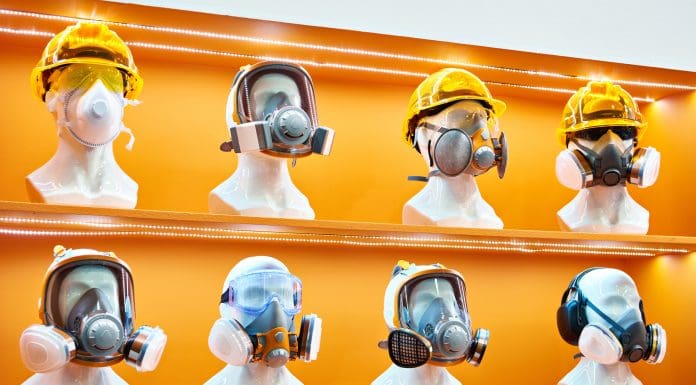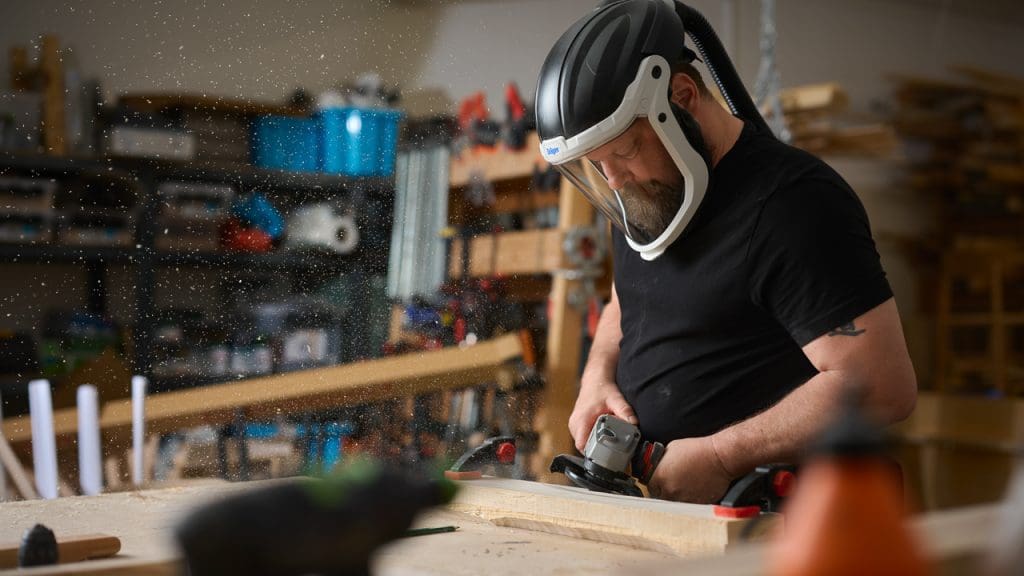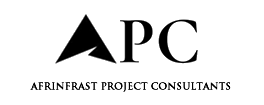
Draeger Safety UK’s technical specialist Ian Kelsall explores the factors construction companies must consider when equipping their staff with respiratory protection
Providing respiratory protective equipment (RPE) for employees operating in the construction industry is a well-recognised and generally well-understood requirement for employers. However, the practical realities of supplying appropriately-fitting RPE that requires a tight seal to the face, such as Filtering Face Pieces (FFPs) and half and full-face masks, and truly fits each user in order to protect them from airborne hazards, can be a more complex challenge.
After all other measures to control the risk of exposure to respiratory hazards (such as engineering controls) have been exhausted, employers are not only legally required to provide RPE, but they also have a legal obligation to carry out fit testing for all workers who are issued with tight-fitting respirators. That is, they need to find RPE that will fit and is suitable to protect every individual. This can frequently be where problems arise, particularly in light of the growing diversity of workforces in the construction industry leading to greater demand for protective equipment better suited according to age, ethnicity and religion. As a result, those specifying RPE are facing challenges in selecting respiratory equipment that is suitable for each individual worker’s specific requirements.
Historically, respirator mask design has been based on standardised adult head shape profiles, using a model developed in the 1960s from studying white male military personnel in the US Airforce. This provided very little accommodation for those who fell outside of these specifications, creating a problem given the fact that facial dimensions vary significantly between genders, ethnicities and with age, as well on an individual basis.
Today, in the UK, British Standards Institution (BSI) standards are based on the 50th percentile of four dimensions (face length, face width, face depth and mouth width), originally of the adult white male face shape, but more recently a more ethnically diverse sample group has been used. This is critical, as a more diverse workforce is leading to greater demand for RPE that better accommodates different head and face size and shape as well as individual specifics such as facial hair.
Respiratory hazards in construction
There is a wide variety of respiratory hazards associated with construction sites. Cutting or drilling and sanding concrete or stone or demolition work can lead to the release of hazardous crystalline silica particles. Similarly, woodwork and joinery can generate fine wood dust particles which may also contain spores produced by bacteria, fungi or moss. Where employees are working with metals, welding, soldering and cutting can result in the release of hazardous fumes containing toxic substances, plus painted or coated surfaces can also introduce airborne particles into the environment. And tasks involving paint, solvents or cleaning agents can lead to the release hazardous gases and vapours.
In fact, many common tasks undertaken across construction sites can create airborne contaminants that pose significant risks, even a simple task like sweeping a site can lead to harmful construction dusts being disturbed and creating a health hazard. Often, several tasks are being undertaken at the same time, leading to workers being exposed to a number of different hazards in one particular environment.
Unfortunately, due to the dynamic nature of the industry and sometimes limited use of engineering controls, construction workers are regularly exposed to these hazards and have a high risk of developing life changing diseases. Respiratory hazards on construction sites can lead to irreversible harm, resulting in serious health issues including asthma, chronic obstructive pulmonary disease (COPD), silicosis and cancer. These diseases can cause permanent disability or even death.
Adequate and suitable?
The Health and Safety Executive (HSE) states that there are two key considerations which are essential when specifying respiratory protection equipment. The first (which is usually given greater focus) is the question ‘Is the equipment adequate?’ In other words, is it appropriate for the type of hazard and does it reduce exposure to the levels needed to protect the health of the worker? The second question is equally important to ask, yet often given less focus: ‘Is the equipment suitable?’ That is, is it appropriate for the wearer, the task and the environment? This can be more challenging as it includes the suitability for an individual, which of course includes – crucially – the fit.
Fit is clearly an essential component to ensure safety across construction environments, but the importance of fit goes beyond having a tight fit creating a seal to the face which is essential to ensure protection from hazardous substances entering around the sides of the mask. Poor fit can also lead to poor compliance, as badly fitting respiratory equipment will often be uncomfortable, or the mask simply ‘won’t feel right’ and therefore workers may wear the RPE incorrectly, or not at all.
When it comes to the fit of a mask, design plays a crucial role and is key to creating RPE that meets the changing requirements of today’s diverse workforce. By understanding the needs of different workers, designers can create RPE that is both functional and comfortable (i.e., adequate and suitable). It is therefore important to consider factors such as fit, comfort and breathability of the mask, as well as the specific hazards that workers may face.
On many construction sites workers are issued with disposable dust masks or Filtering Face Pieces (FFPs) as respiratory protection, however finding a design of FFP mask that will fit most face sizes can be challenging. To overcome this problem, Dräger carried out customer research on a single-use dust mask, speaking to 36 customers across seven countries, and benchmarking 16 products, with 50 participants in total, taking into consideration a wide range of face shapes and sizes. The faces of the participants were mapped using a grid system, which looked at the face width, length, depth and mouth width.
Analysis of this information led to an innovative design approach which focused on a three-fold model, providing greater flexibility in both height and width. This, combined with easy-adjustment capabilities, a flexible nose clip and soft wide nose pads, ensured the mask could be effectively positioned, stayed in place and securely sealed the nose area. In addition, it was found that developing masks in two sizes would accommodate the majority of different face shapes and sizes, and extensive testing showed a 96 per cent pass rate in face fit test procedures using this design.
As fashions change, so must respiratory protection
Of course, a wide range of other issues beyond face size and shape also affect whether a particular piece of RPE is suitable for the individual wearer. Wrinkles, moles, warts, deep cuts, scars, piercings, facial hair and medical fitness reasons can all impact the provision of respiratory protective equipment.
For example, a wearer being clean shaven is essential for the use of tight-fitting respiratory protection. This has always – and increasingly so in recent years as beards have become more popular again – meant that specifying suitable RPE for these wearers has been a challenge.

For these groups, a mask is often not an option, so a different approach is needed. In such scenarios, a Powered Air Purifying Respirator (PAPR) is a good solution. Such devices can be used with a range of different head pieces appropriate for the task required, and these can often provide additional benefits as they will not only accommodate different head and face shapes and sizes as well as individual characteristics such as facial hair, but they can also contain additional head face and eye protection, negating the need to worry about compatible PPE.
Therefore, many workplaces looking for more flexible and inclusive RPE – including those in the construction sector – are turning to PAPR as a more adaptable and straightforward solution, without any compromise on safety.
The post The importance of inclusivity in respiratory protection appeared first on Planning, Building & Construction Today.

